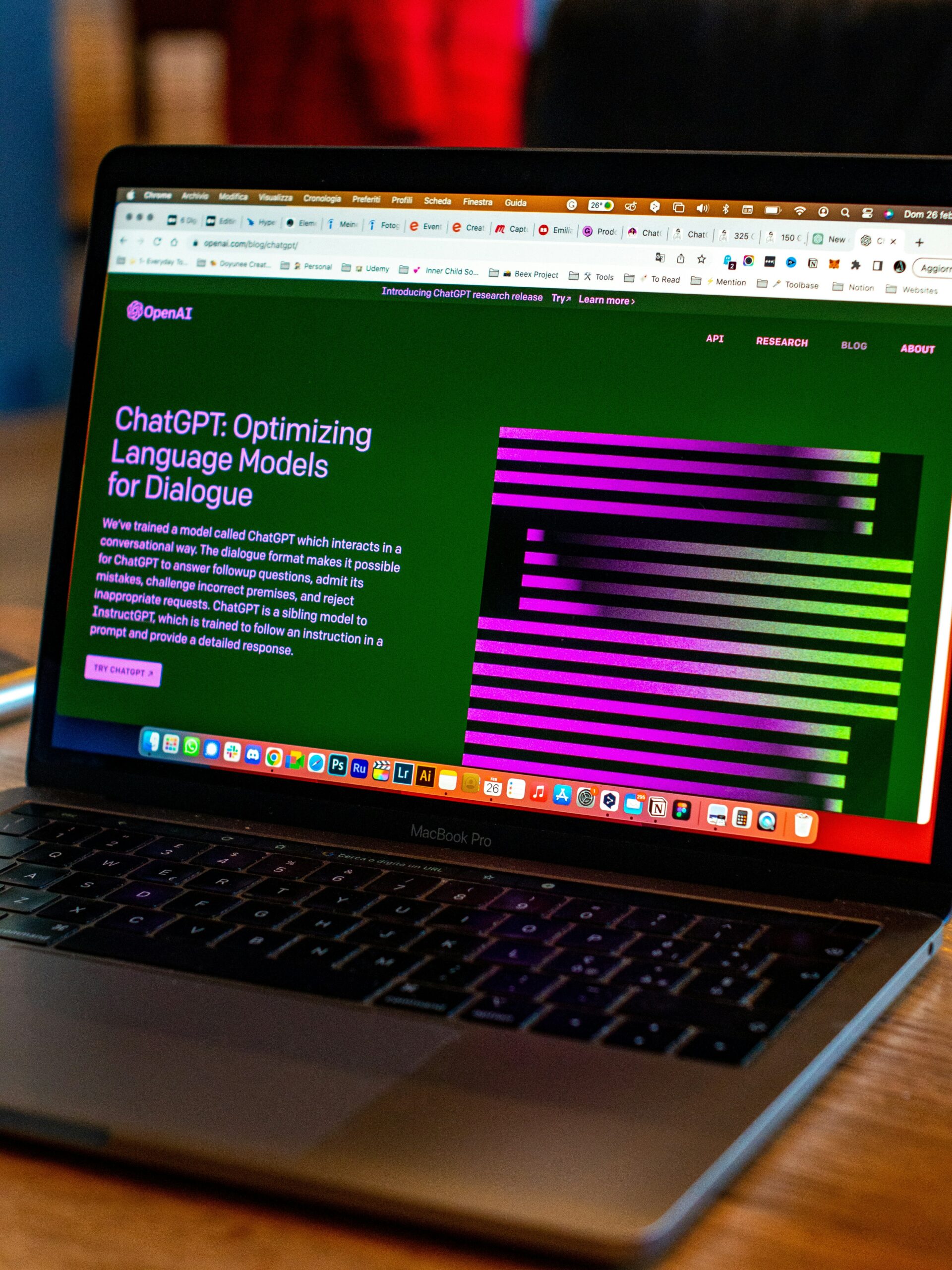Blogs
The Launch Multiplier: Align Media, Influencers & Teams

A launch is a defining moment for any organization. Whether launching a new business unit, unveiling a breakthrough solution, or entering a new market, the way a launch is executed can determine its success. These moments are opportunities to capture attention, shape perception, and build business momentum. Yet many organizations fail to maximize impact because their efforts are fragmented. Media teams, influencer partners, and internal stakeholders often work in silos, resulting in mixed messages and diluted visibility. To create real impact, alignment is essential.
The Power of Alignment
A launch is more than an announcement; it is a story that needs to be told consistently across every channel. When media coverage, influencer engagement, and internal advocacy reinforce the same themes, the message becomes stronger and more credible. Misalignment, on the other hand, creates confusion. If journalists respond by emphasizing innovation, influencers focus on lifestyle benefits, and employees talk about cost savings, the audience receives conflicting signals. There is rarely even total consensus in the views about any given announcement, but the goal is to seek consistency, which builds trust – and trust drives adoption.
The Three Forces Behind a Successful Launch
Every high-impact launch relies on three forces working together: earned media, influencers, and internal teams.
- The media provides authority and reach. A feature in a respected publication or a segment on a major news outlet validates the initiative and attracts attention from investors, partners, and customers. Journalists look for relevance, timeliness, and impact or significance, so the story must clearly explain why this launch matters now and to whom.
- Influencers bring authenticity and engagement. They translate corporate messages into relatable content for their communities. Their followers trust their opinions, making influencer partnerships a powerful way to humanize the launch and spark conversation.
- Internal teams are the brand’s most credible advocates. Employees who understand the purpose and value of the launch can amplify the message across their networks. Internal alignment also ensures that customer-facing teams deliver a consistent experience from day one. Here, internally created and distributed content on the company website is key, especially in how it can be optimized for Large Language Model AI-driven search, which is increasingly replacing conventional Google search as a way for stakeholders to understand and engage with brands.
Why Launches Fail
Even strong ideas can fall flat without coordination. Common pitfalls include siloed planning, unclear messaging, and poor timing. When PR teams work independently from social teams, influencer content may go live before media coverage, reducing its impact. If employees learn about the launch from external sources, morale suffers and misinformation spreads. These gaps are avoidable with the right planning framework.
Six Strategies to Multiply Impact
1. Create a Unified Narrative
Every launch needs a single source of truth. This is more than a press release; it is a narrative framework that defines the core message, proof points, and tone. The narrative should answer three questions: What is being launched? Why does it matter and to whom? Why now? Once this framework is established, adapt it for different audiences without losing consistency.
2. Build an Integrated Timeline
Timing determines the momentum. Develop a master timeline that maps out key activities, such as embargo dates, influencer content windows, and internal briefings. This will help businesses plan outreach and content distribution to coincide with media cycles and influencer schedules. When these elements are synchronized, coverage peaks alongside influencer engagement and employee advocacy, creating a powerful wave effect rather than scattered ripples.
3. Activate Internal Advocates
Employees are often overlooked in launch planning, yet they can be the most authentic voices. Equip them with talking points, shareable content, and early access to details. Host internal launch events or Q&A sessions to build excitement. When employees feel informed and included, they amplify the message with pride and credibility.
4. Choose Influencers Strategically
Influencer selection should go beyond follower counts. Look for alignment with brand values and audience relevance. Provide influencers with creative freedom while ensuring they understand the core narrative. Authenticity matters more than scripted endorsements. Encourage influencers to share personal experiences with the new solution or initiative to make the story relatable.
5. Monitor and Adjust in Real Time
A launch does not end when the announcement goes live. Monitor media coverage, social engagement, and internal feedback continuously. Use analytics to identify what is resonating and where gaps exist. If influencer content is outperforming media coverage, amplify it through paid channels. If employees are asking the same questions, update internal FAQs. Agility keeps the momentum going.
6. Use the Power of AI-Powered Predictive Analysis
AI can be used to predict the likely reaction to any major announcement amongst key stakeholders and how it will shape perceptions and opinions that evolve into narratives – narratives that influence earned media coverage and go viral through social media. This is key to shaping marketing communications and PR strategy.
The Role of Leadership
Executive visibility can elevate a launch from good to great. When senior leaders participate in media interviews, post on LinkedIn, or engage with employees during internal events, it signals commitment. Leadership involvement should feel authentic and aligned with the overall narrative, reinforcing confidence among stakeholders.
Measuring Success Beyond Headlines
Success is not just about media impressions or social likes. A strong launch drives measurable business outcomes. Define clear KPIs early, such as lead generation, partnership inquiries, or share of voice in the category. Combine quantitative metrics with qualitative insights, like sentiment analysis and employee feedback, to get a full picture of impact.
Latest News



